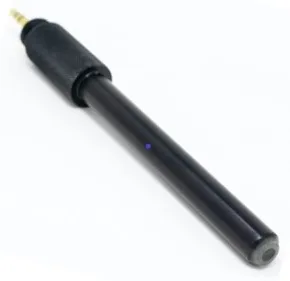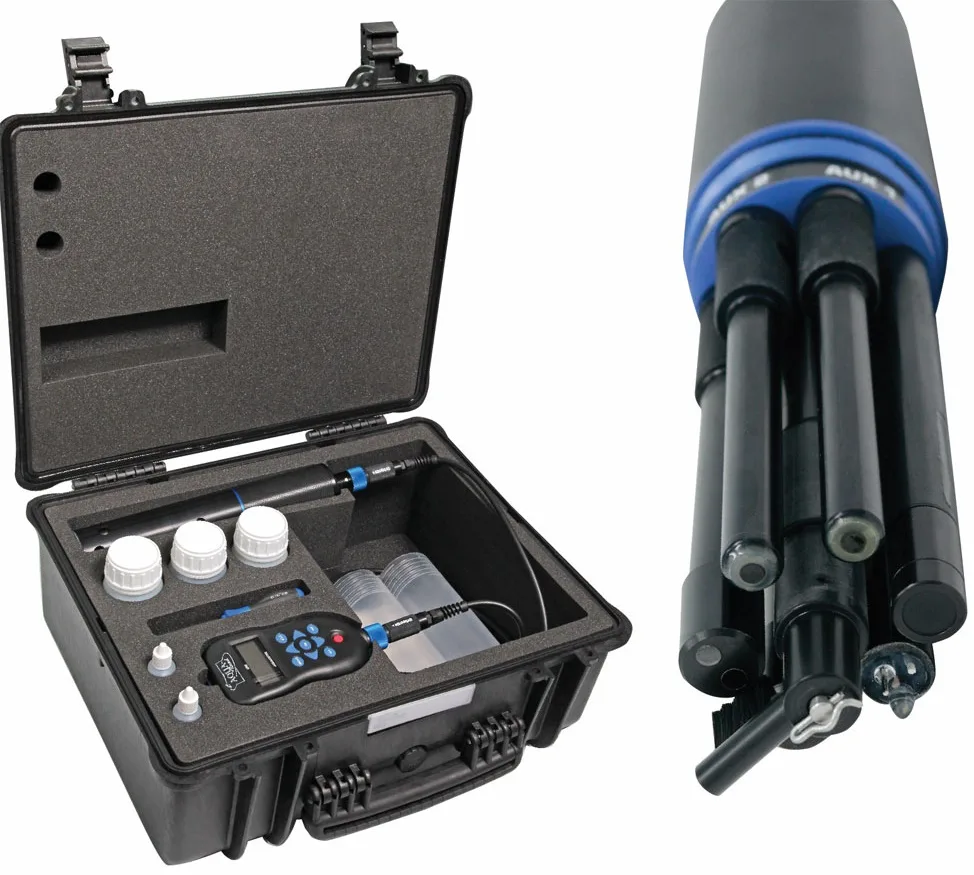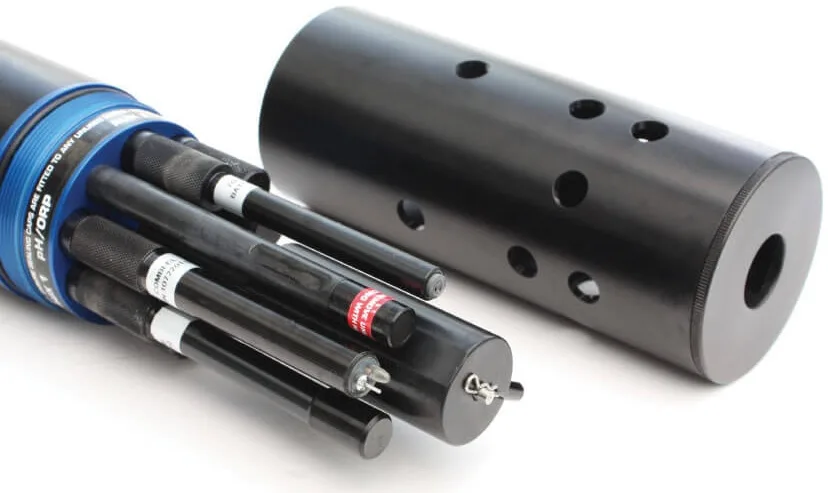Description
Ammonia (NH₃) and Ammonium (NH₄⁺) are two forms of a Nitrogen compound naturally found in water, but their presence at elevated levels often signals contamination. Ammonia is a colourless gas with a pungent smell, while Ammonium is its positively charged ion. The balance between these two forms in water is heavily influenced by pH and temperature. At lower pH and temperature, ammonium is the predominant form, while at higher pH and temperature, more toxic Ammonia gas is present.
Why is Ammonia/Ammonium Monitoring Important?
Monitoring ammonia and ammonium levels is crucial for environmental protection, public health, and efficient water management:
- Aquatic Toxicity: Ammonia (NH₃) is highly toxic to aquatic life, even at low concentrations, particularly as pH and temperature increase. It can cause gill and organ damage in fish, leading to stress, disease, or death.
- Pollution Indicator: Elevated levels of Ammonia are a strong indicator of pollution, often originating from untreated sewage, agricultural runoff (fertilisers, animal waste), or industrial discharges.
- Eutrophication: While directly toxic, Ammonia also contributes to nutrient loading, which can fuel excessive algal growth (eutrophication), leading to oxygen depletion and further harm to aquatic ecosystems.
- Drinking Water Concerns: Ammonia can react with disinfectants like Chlorine in drinking water treatment, leading to the formation of undesirable disinfection byproducts (DBPs) or affecting the effectiveness of chlorination itself.
- Wastewater Treatment Efficiency: In wastewater treatment plants, precise Ammonia monitoring is vital for controlling the nitrification and denitrification processes, ensuring that Nitrogen compounds are effectively removed before discharge.
- Regulatory Compliance: Environmental regulations impose strict limits on Ammonia discharge to protect receiving waters, making accurate monitoring essential for compliance.
How the 7000-AMM Electrode Works
The sensor works on the principle that a selective membrane allows specific target ions (Ammonium in this case) to pass through a porous membrane, where their concentration is then measured by an internal electrode against a stable reference electrode.
Crucially, while the electrode directly measures Ammonium, the Aquaprobe system (when equipped with pH and temperature sensors) uses a complex internal calculation based on the Nernst equation to derive the concentration of total Ammonia (NH₃ + NH₄⁺). This calculation accounts for the pH and temperature of the water, which dictate the equilibrium between the toxic Ammonia gas and the Ammonium ion.
Unlike older gel-filled ISEs, the 7000-AMM features a solid-state design, providing advantages such as a longer storage shelf life when dry, as the sensor does not deteriorate over time from the point of manufacture.
When to Monitor Ammonia/Ammonium
The 7000-AMM Ammonia/Ammonium Electrode is an invaluable tool for various water quality monitoring applications where Nitrogenous compounds are a concern:
- Wastewater Treatment Plants: Essential for process control during nitrification and denitrification, and for monitoring final effluent quality to meet discharge permit requirements.
- Environmental Monitoring: Assessing pollution levels in rivers, lakes, and streams, particularly in areas impacted by agricultural runoff, septic systems, or sewage discharges.
- Aquaculture: Maintaining optimal water quality in fish farms and ponds, as even low levels of ammonia can be highly detrimental to aquatic organisms.
- Drinking Water Source Protection: Monitoring raw water intakes to anticipate and manage potential issues related to DBP formation and overall water treatability.
- Groundwater Monitoring: Detecting potential contamination from leaky septic systems, landfills, or industrial sites.
- Industrial Effluent Monitoring: Ensuring compliance with discharge limits for industries that produce ammonia-containing wastewater.
- Storm Water Management: Identifying sources of Nitrogen pollution in storm water runoff.
7000-AMM Electrode Specifications
| Ammonium | Range | 0 – 9,000mg/L (ppm) |
| Resolution | 2 Auto-range scales: 0.0-99.9 mg/L 100 – 8,999 mg/L | |
| Accuracy | ±10% of reading or 2ppm (whichever is greater) | |
| Minimum Level of Detection | 1.0 ppm | |
| Interfering Ions | Potassium, Sodium and Magnesium | |
| pH Range | 5 – 8 | |
| Ammonia | Range | 0 – 9,000 mg/L (ppm) |
| Resolution | 2 Auto-range scales: 0.0-99.9 mg/L 100 – 8,999 mg/L | |
| Accuracy | ±10% of reading or 2ppm (whichever is greater) | |
| Minimum Level of Detection | 1.0 ppm | |
| Interfering Ions | Potassium, Sodium and Magnesium | |
| pH Range | 5 – 8 |
Each ISE is prone to interference from ions that are similar in nature to the target ion. The main interfering ions for the Ammonium electrode are Potassium, Sodium and Magnesium. If the water under test contains interfering ions, the electrode will produce erroneous readings. Ion Selective Electrodes are not recommended for use in brackish or salt water due to the high level of interfering ions.
Each ISE can only operate within a specific pH and EC range. All ion selective electrodes work in conjunction with the pH electrode during measurement. For this reason, the main probe must have a working pH or pH/ORP electrode fitted and the conductivity (EC) of the water under test must be greater than 50μS/cm.



